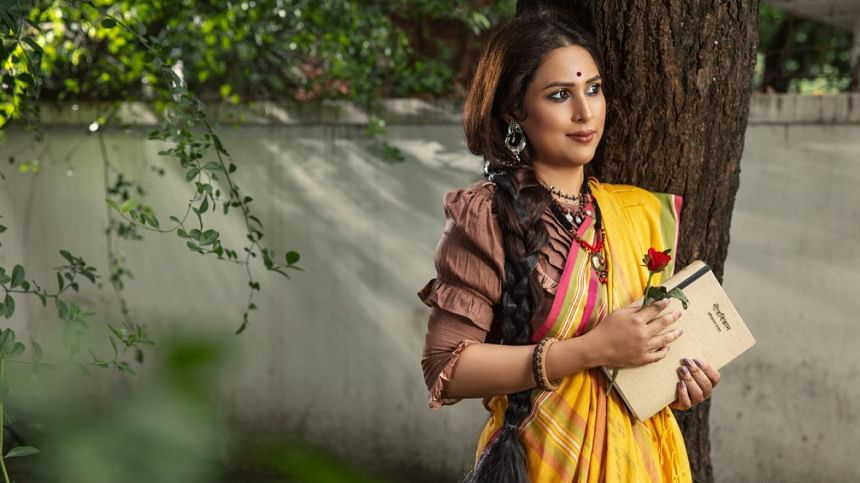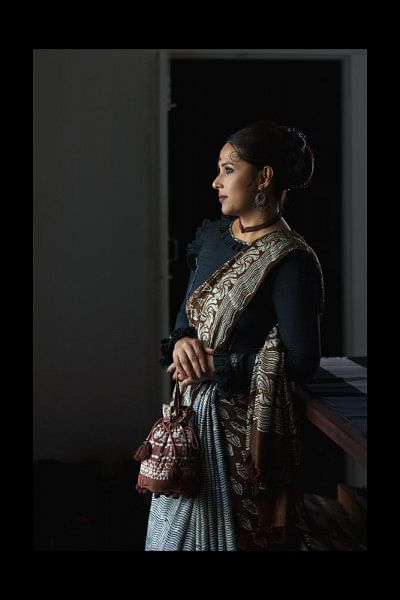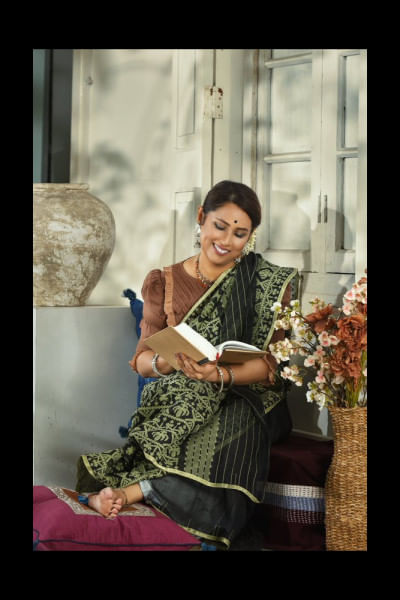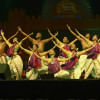Female characters of Tagore: Symbols of empowered women

Tagore's early writings (1881-1897) often focused on social injustice against women, female deities in his literature signified woman's inner strength. Tagore underscored that woman should never be passive, and he was very aware of women's social roles. Almost all of his female characters were plotted in traditional ways, but they were all quite strong. His women's liberation conquest was ahead of its time. As a result, one of his most significant contributions to society is the portrayal of women in his art.
"If education is a tool for human development and if education is birthright of a human being, I do not understand how we can deprive the women from education," is thus seen in Rabindranath Tagore's European Diary (1881).
Characters in his novels
Charulata
A protagonist of Noshtonirh (1901), she is a literary character who grew up lonely, a child to a young woman, neglected by a workaholic husband, and mistreated by prevalent chauvinism. But she proved herself in defiance of society's expectations through the power of her writing and creativity, which made her capable of taking greater responsibilities in her career.
Labonno

The female lead of Tagore's 10th novel Shesher Kabita, Labonno is portrayed as a progressive mind who has the strength to take the decisions of her own life, despite her social context. She is a symbol of feminism who thought of an independent life.
Binodini
Chokher Bali's (1903) Binodini, was another literary woman who studied through her teenage years in an era when child marriages were the norm. After her father's death, she becomes a burden, and forced by her family and society to marry a dying drunkard. Becoming a widow shortly, she refuses to adhere to the society's archaic customs, and although not completely happy in later life, lives on her own terms.

Tagore's real-life inspiration
Kadambari Debi, wife to Tagore's older brother, was a real-life inspiration to the poet in creating many of the timeless fictional ladies in his novels, songs etc. She was instrumental in his motivation to improve his writing skills. She nurtured his early forays into literature, offering guidance and critique as well as cherished companionship. Kadambari Devi remains the enigma buried throughout Tagore's work, both before and after her early death.
A century and change after Tagore's writing, we are still looking at the same issues plaguing women and their lives in the society. And we also still find his characters walking amongst us —victims of negligence, child marriage, society's archaic norms, and more. As women empowerment activists, FRIENDSHIP COLOURS OF THE CHARS honours Rabindranath Tagore for his contributions to the cause of women's liberation.

We are consistent with the drive for women's liberation, not just via socioeconomic models, but also through liberating their freedom to choose, supporting every woman's cause, those imprisoned by societal stigmas that jeopardize their future and growth. We continue to stand by each other, to ensure dignity, hope and social justice.
Model: Barrister Miti Sanjana Founding partner of Legal Counsel, columnist and an eminent media personality posing for Friendship Colours of the Chars

 For all latest news, follow The Daily Star's Google News channel.
For all latest news, follow The Daily Star's Google News channel. 








Comments